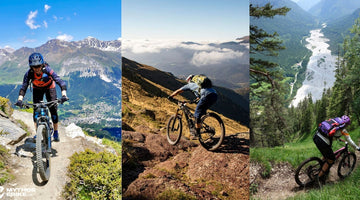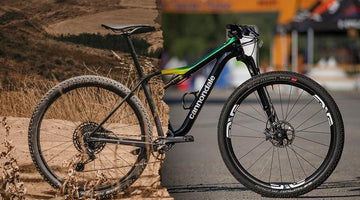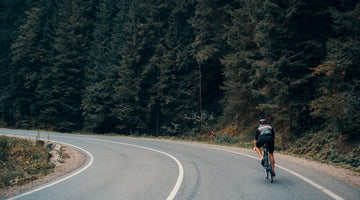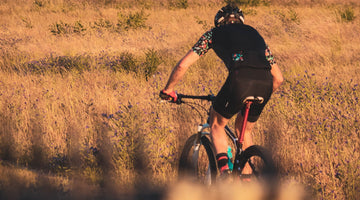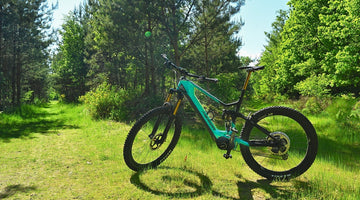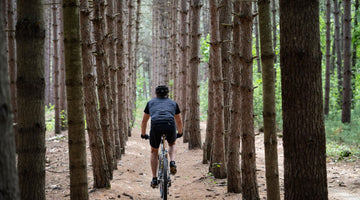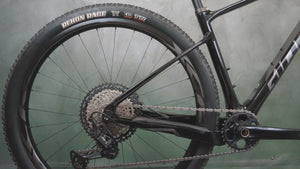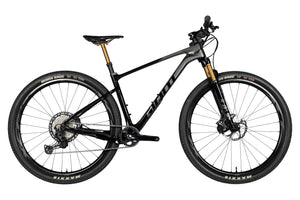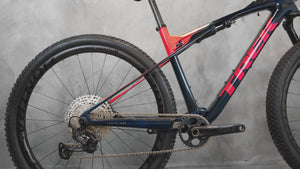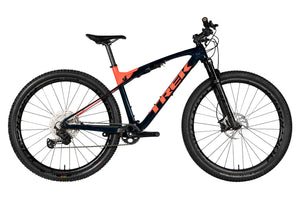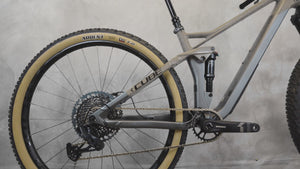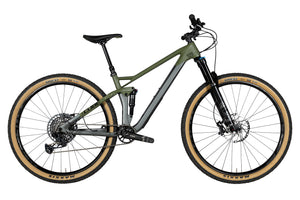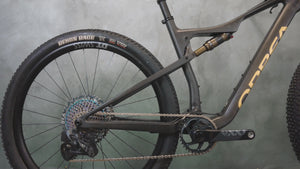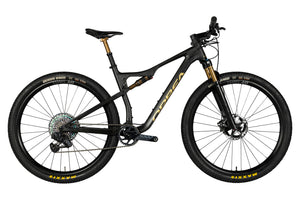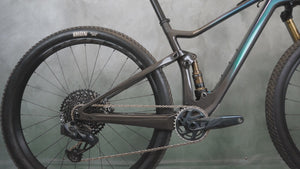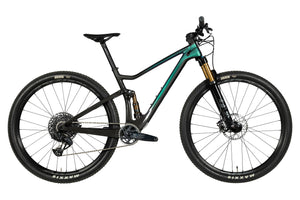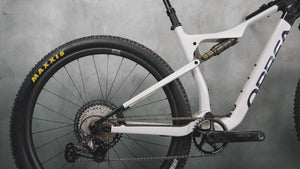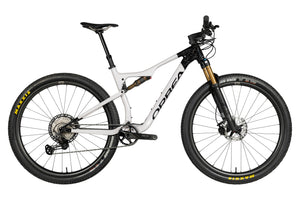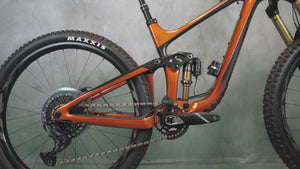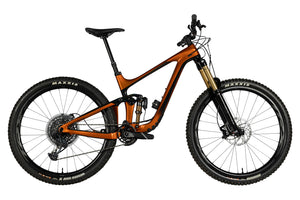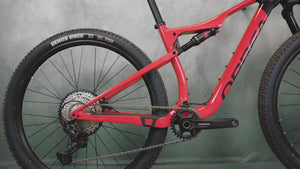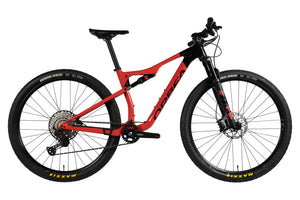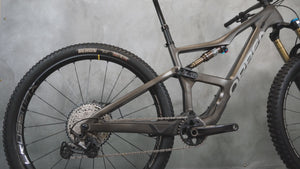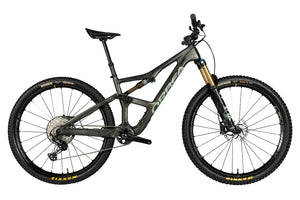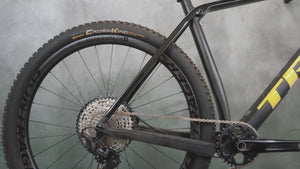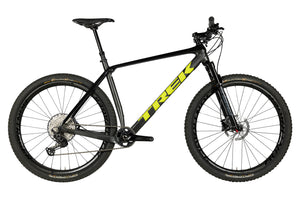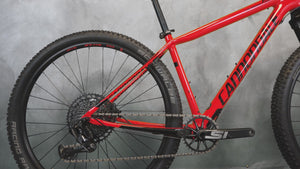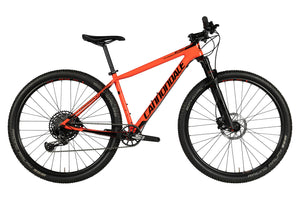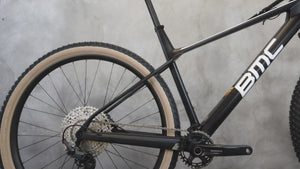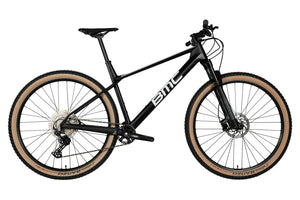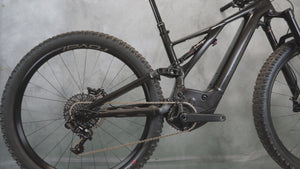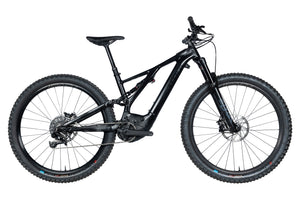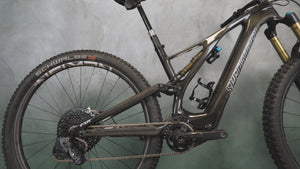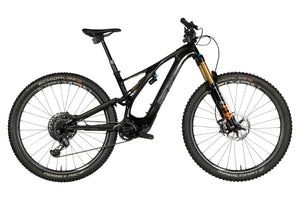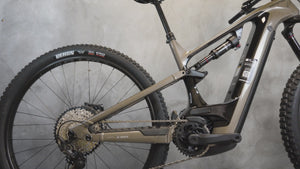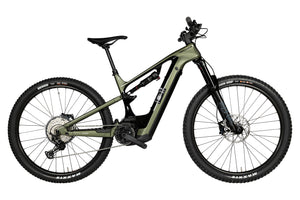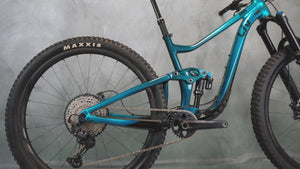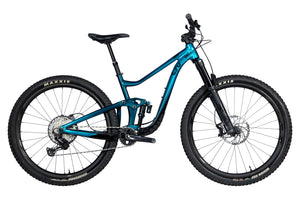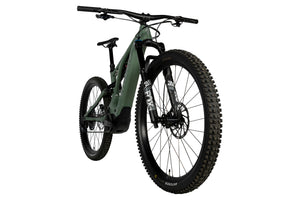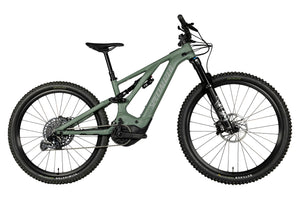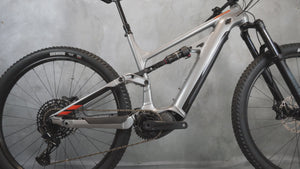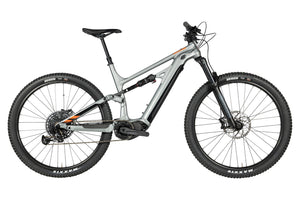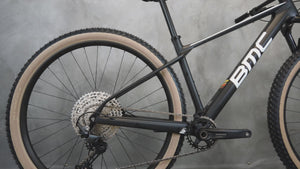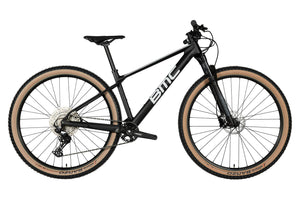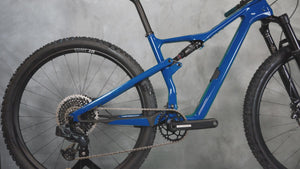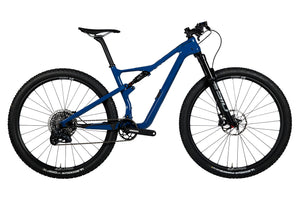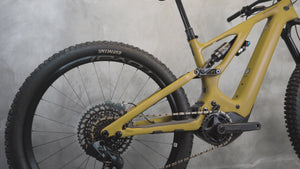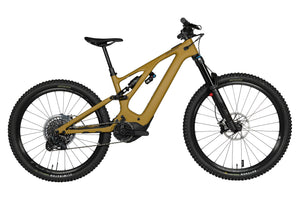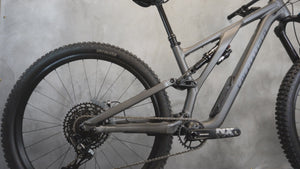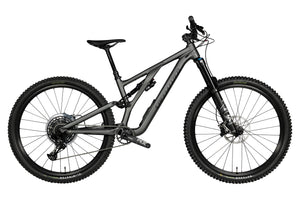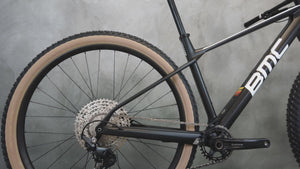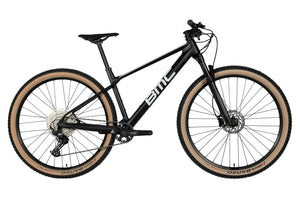Road, gravel, mountain biking: what pressure for what tire?
In this Article
Posted on June 21, 2022
Whether you drive in mountain biking or VTC, in town or in the countryside, or if you go into the race bike, your tires are your first and unique point of contact with the floor and one of the essential elements to check before each outing . This guide shows you how to choose the pressure of your tires according to the type of bike to guarantee you the best compromise between comfort and speed.

How to inflate your tires well to drive in all serenity in the field of your choice? Whether you are a road bike lover, Mountain bike Or if you drive by electric bike, the tires are among the most important elements to which you should pay attention before your outings.
As the first (and unique) point of contact between the bicycle and the floor, the tires transfer your strength and help you progress. With the correct pressure, they reduce energy losses and guarantee you more comfort by driving.
What pressure is the best for your tires according to your type of bike and your goals? It depends if you go out in town or off-piste, if you have tubeless tires, or if you favor comfort or plan to drive in specific weather conditions.
In this article, we share the right pressure levels for each type of tire.
What do the units of measurement mean? (Psi and bar)
Above all, let's look at the meaning of measurement units and how to measure your tires.
A pressure gauge will allow you to measure the pressure of your tires before starting to inflate. Most bicycle pumps have integrated manometers that allow you to follow the evolution of the pressure while you inflate.
There are two commonly used pressure measurements: bars and PSIs. In France, we rather use bars, closer to atmospheric pressure; In the Anglo-Saxon world, we use the PSIs (Pound Per Square Inch, that is to say "Book-Force by square inch").
It is advisable to retain the ratio between the two: it is necessary Divide the PSI value by 14.5 to obtain the value in bars.

What can influence your tire pressure?
In order to inflate your tires correctly and optimize your comfort and your speed on two wheels, here is the list of factors that influence tire pressure:
The brand and the model
Each brand and each tire model has recommended pressure indications and above all a maximum pressure that should not be exceeded. Whether you drive on continental, Pirelli, Michelin or others, you will find these indications on the flank of the tire.
It is the size of the tire, its diameter and its width that has the greatest influence on the pressure it should have. The larger the tire volume (determined by its circumference and by the section), the lower the pressure.
For example, a 27.5 inch tire (mountain bike) will have greater rolling resistance than a 29 -inch tire, and should be inflated more.
By road bike, the tire width is expressed in millimeters. Generally, the pressure should be increased by 0.5 bar for each millimeter of reduced width.
The material
Resistance is measured in ICPI (Threads per inch - thumb son). The higher the TPI, the lighter the compound and the tire will need more pressure.
Tubeless or air chamber
There are two types of tires: ‘Tubeless’ and tires with airline. The tires ‘Tubeless’ eliminate the risk of deflation by accident and often accept lower pressure. However, too low pressure can always set up risks, so you have to respect the brand's recommendations.
The weight of the cyclist and cycling
The pressure must be proportional to the total weight it will bear, so you have to calculate the entire bike and yourself. A very light cyclist will need a lower pressure in the tires, but it depends if it rolls on a fairly heavy electric bike or on a super light race bike.
Rim type
Some carbon rims or hook -free rims limit the maximum tire pressure. You must therefore inform yourself by referring to the technical sheet of the manufacturer of your wheels.
Weather conditions and surface
Ride off the road on a Gravel bike It’s not quite the same as driving on the road. A less inflated tire is more flexible and will offer more grip on furniture or rain. On the other hand, if it is too deflated, it will generate more friction forces on the smooth asphalt.
The higher the pressure in your tires, the more the yield increases, to a certain point.
Feel / comfort desired
Finally, you have to take into account the desired level of comfort when you go out. The more inflatable your tires, the more reduced the contact surface with the floor. You will then have a feeling of increased speed. On the other hand, your tires will be harder and you will more feel the obstacles or irregularities of the road.
Recommended pressure for road tires
For a race bike, you have to take into account the type of surface on which you plan to roll and be careful not to overcrowd its tires, unless you are looking to maximize performance and are ready to absorb the irregularities of the road!
If you drive on smooth slopes, opt for higher pressure (up to 6 to 7 bars), following this table:
| 50kg | 60kg | 70kg | 80kg | 90kg | |
| 23mm | 5,8 | 6,6 | 7 | 7,5 | 7,9 |
| 25mm | 5 | 5,7 | 6,1 | 6,6 | 7,1 |
| 28mm | 4,5 | 5,2 | 5,5 | 6,1 | 6,6 |
Recommended pressure (bar) depending on the weight of the cyclist (kg) and the tire width (mm)
Recommended pressure for mountain bike tires
In Mountain bike, outings will make you cross damaged terrains, obstacles and demanding weather conditions. The sections of your tires are also wider, and the recommended pressures are generally lower.
Depending on the cyclist's weight and the manufacturer's recommendations, the lightest templates who want good grip will opt for a pressure around 1.5 bars.
Here is a reference table for mountain bike tire pressure:
| 50kg | 60kg | 70kg | 80kg | 90kg |
| 1,7 | 1,8 | 2 | 2,3 | 2,6 |
Recommended average pressure (bar) as a function of the cyclist's weight (kg) for a standard tire of 2.2 "

Recommended pressure for gravel tires
The volume of the Gravel tires is higher than that of road bikes, without reaching the same pressure levels as on mountain bikes. The tire pressure of a gravel bike is rather between 2.5 and 4.5 bars. In addition, cyclists will prefer to be better protected from vibrations and obstacles than in the case of road bikes.
Depending on the conditions (more rain, more accidental ground), you can withdraw to a bar from these recommendations:
| 50kg | 60kg | 70kg | 80kg | 90kg | |
| 30mm | 4 | 4,5 | 5 | 5,5 | 6 |
| 32mm | 3,5 | 4 | 4,5 | 5,4 | 5,5 |
| 35mm | 3 | 3,5 | 3,5 | 4,5 | 5 |
| 38mm | 2,5 | 2,5 | 3 | 3 | 3,5 |
| 40mm | 2,1 | 2,3 | 2,5 | 2,8 | 3,2 |
| 42mm | 1,8 | 2 | 2,3 | 2,5 | 3 |
| 47mm | 1,6 | 1,7 | 1,7 | 2 | 2,3 |
Recommended pressure (bar) depending on the weight of the cyclist (kg) and the tire width (mm)
Recommended pressure for city tires / electric bike
When you run in town, normally on a VTC, you will have to take into account the same principles as those listed above. Note: weather conditions, desired comfort level and surface type on which you drive.
Refer to the manufacturer's recommendations, avoiding overfalling so as not to lose comfort. For small road -type section tires (less than 28 mm), you can use the 10 % rule: the number of bars corresponds to 10 % of the cyclist's weight, for example 6 bars for a 60 kg cyclist.
For wider section VTC tires, it will be necessary to orient yourself rather around 3.5 to 6 pressure bars.
What if you pull a small trailer or add a bag to your city bike? If you transport even more weight, it must be added in your calculations, at the weight of the cyclist. The tire pressure should also be increased directly affected by the weight of a bag or child seat: the additional load is compensated by inflating more.
Each cyclist has its pressure!
After havingChoose your bike, the most useful figures to know are the optimal pressure to inflate your tires.
Tires are one of the most important elements of your bike, as they are the first to get in touch with the ground and they influence comfort and movement speed before your frame Where any other element.
The pressure of your tires is influenced by many factors such as weather conditions, your performance ambitions, the type of terrain, your weight etc ... that is why there is not a universal recommendation and that the optimal pressure depends above all on the use you plan to make of it ...
After reading this guide, you have all the elements to inflate your tires according to your needs. Do not forget to check this pressure regularly and adapt it according to the sensations you are looking for!


